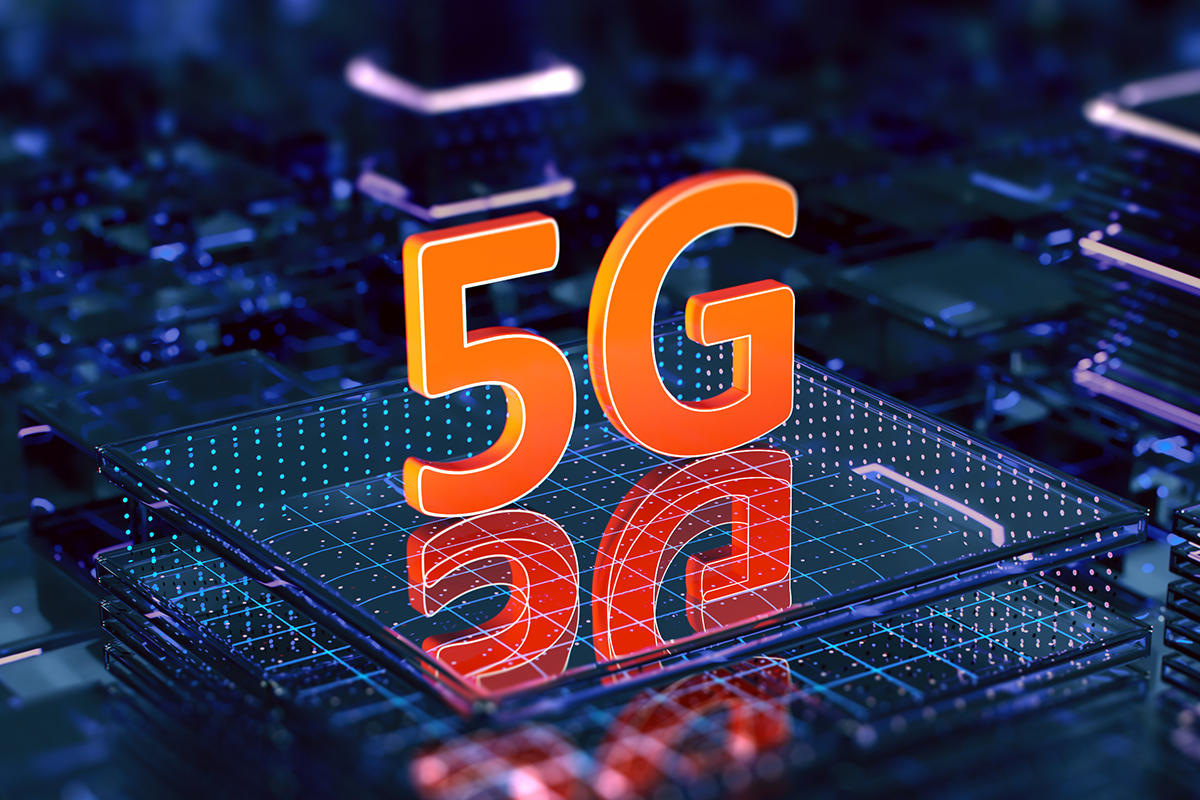5G (fifth generation) wireless technology is known to provide faster connectivity and more bandwidth, meaning you have access to networks that have higher download speeds than 4G.
However, since 5G technology is relatively new, we do not know how its radiofrequency radiation could affect human health. The 5G network is higher than the current industry standard 4G.
Now, a new Oregon State study finds that 5G radiation is comparatively harmless, causing fewer health implications.
Subham Dasgupta, a postdoctoral fellow working in the lab of Robyn Tanguay at Oregon State, said, “Based on our study, we don’t think 5G radiation is that harmful. It’s predominately benign.”
The study researchers used embryonic zebrafish to discover any interaction between environmental stressors and biological systems.
The team used zebrafish because they share similar developmental processes and genetics with humans, which means zebrafish research can be applied to humans.
The study, published in the journal PLOS ONE, exposed embryonic zebrafish to 3.5 GHz radiofrequency radiation, which is typically used by 5G-enabled mobile phones.
After two days of exposure, the researchers found no significant impacts on mortality. They also did not find any impact on how the embryos formed. However, the did find a mild impact on a test that measured the embryo’s response to abrupt sound, which they will investigate next.
Dasgupta said, “Future research will look at the 5G radiation effects on the same zebrafish used in the study at a gene level and as they develop from embryos to adults.”
The researchers said they would also like to study the effects of higher frequencies and higher exposure levels on zebrafish.
Further investigation will use the same standardized experimental set up that is used in the current study, which involves a box made of copper. In the box, the embryonic zebrafish are placed on plates. The radiation enters the box through an antenna.






















